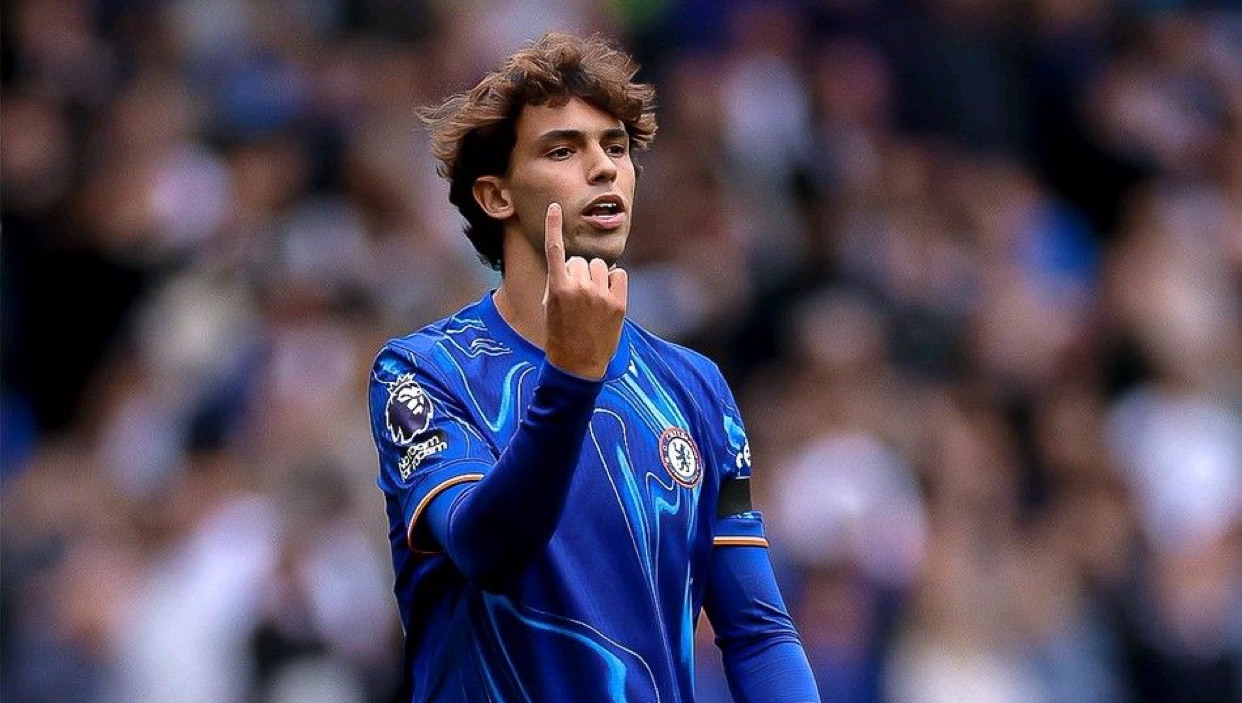Football has evolved into a multi-billion dollar industry, with clubs generating massive revenues from various streams such as ticket sales, TV broadcasting rights, merchandise, transfers, and sponsorship deals, among others. Every year, these revenues grow as clubs discover new ways to capitalise on their global appeal. However, the COVID-19 pandemic had a significant impact on club finances, with many still working hard to recover from the economic downturn it caused.
Although it can be challenging to determine the exact income of clubs, the Deloitte Football Money League (DFML) is widely regarded as the most credible source for assessing the financial powerhouses of the football world. The DFML ranks the highest-earning football clubs globally, providing a clear picture of the financial state of the sport.
In 2024, English Premier League clubs dominated the list, representing nearly 50% of the total revenue generated by the top 20 clubs in Europe.
Here is the top 10 richest football clubs in the world according to the 2024 Deloitte Football Money League rankings:
1. Real Madrid (€831.4m)

Real Madrid, long considered a titan of world football, reclaimed their spot at the top of the Money League, surpassing Manchester City. With record revenue of €831 million, the club saw an increase of €118 million from the previous year, driven by strong merchandise sales and the return of fans to stadiums post-COVID.
On the pitch, Real Madrid continued their dominance by winning the 2024 UEFA Champions League, adding to their incredible collection of 15 Champions League titles. Their impressive commercial deals, matchday income, and broadcast revenue helped solidify their position as the wealthiest club in the world.
2. Manchester City (€825.9m)

Manchester City have firmly established themselves as a global financial powerhouse. With a revenue of €825.9 million, they’ve proven that their rise to the top wasn’t a fluke. The club’s shrewd business strategies, coupled with their Premier League and UEFA Champions League successes, boosted their broadcast revenue by €50 million, while commercial deals brought in an additional €26 million.
Their dominance on and off the pitch is further supported by the deep pockets of their Abu Dhabi owners, though some of their financial dealings have raised eyebrows.
3. Paris Saint-Germain (PSG) (€801.8m)

PSG continues to thrive financially, despite their massive wage bill and the heavy investment in star players. The club’s revenue reached €801.8 million, driven by lucrative sponsorship deals, commercial partnerships, and their global fanbase.
Their entry into the top three for the second consecutive year is a testament to their financial strength, with €83.5 million coming from their stake in the Ligue de Football Professionnel’s commercial subsidiary.
4. Barcelona (€800.1m)

Barcelona may have faced financial turbulence in recent years, but they are climbing back to the top. With revenues of €800.1 million, they’ve bounced back from a €1.2 billion debt, thanks to new sponsorship deals, including their Spotify partnership, and the return of fans to the Spotify Camp Nou. Their commercial revenue saw a 45% rise, while matchday earnings increased by 61%.
Despite their struggles in the UEFA Champions League, Barcelona’s global brand and loyal fanbase continue to generate massive income.
5. Manchester United (€745.8m)

Manchester United remain one of the biggest clubs in the world, both in terms of fanbase and revenue. With a yearly revenue of €745.8 million, the Red Devils have dropped out of the top three but continue to thrive commercially.
Their massive commercial deals, lucrative broadcast rights, and consistent matchday revenue have kept them among the richest clubs. However, financial mismanagement and mounting debt have raised concerns over their future stability.
6. Bayern Munich (€744m)

Bayern Munich are a model of financial sustainability, maintaining their position among the elite without the need for excessive spending. The club generated €744 million in revenue, thanks to their strong commercial partnerships with Allianz, Adidas, and Audi.
Their consistency in both domestic and European competitions, along with smart financial management, continues to ensure their place among the wealthiest clubs.
7. Liverpool (€682.9m)

Despite a challenging season on the pitch, Liverpool remain a financial force. Their revenue of €682.9 million places them among the top 10, though they dropped from 3rd to 7th due to a decline in broadcast earnings and poor domestic and European results.
However, the future looks bright for Liverpool, with the expansion of Anfield Road Stand set to boost matchday revenues in the coming years.
8. Tottenham Hotspur (€631.5m)

Tottenham Hotspur have significantly increased their revenues over the past few years, largely due to their state-of-the-art stadium, which also hosts NFL matches. With €631.5 million in revenue, Spurs continue to rise financially, thanks to smart commercial deals and a frugal approach to transfers.
Chairman Daniel Levy has played a pivotal role in the club’s financial growth, ensuring they remain among the world’s wealthiest.
9. Chelsea (€589.4m)

Despite a turbulent period following sanctions on former owner Roman Abramovich, Chelsea have managed to stay within the top 10 richest clubs. New ownership under Todd Boehly has brought fresh investment, and Chelsea’s commercial success helped them generate €589.4 million in revenue.
Their financial future depends heavily on how well Boehly’s ownership steers the club through the coming seasons.
10. Arsenal (€532.6m)

For the first time since 2018/19, Arsenal have returned to the top 10, replacing Juventus. The Gunners reported €532.6 million in revenue, driven by strong commercial deals and improved on-field performances under Mikel Arteta.
Their resurgence has reestablished them as one of the wealthiest clubs, and their global fanbase continues to be a key driver of their financial success.
Beyond the top 10, clubs like Juventus, Borussia Dortmund, and AC Milan continue to rank highly, but Premier League clubs dominate the rankings, showcasing the strength and global appeal of English football.







